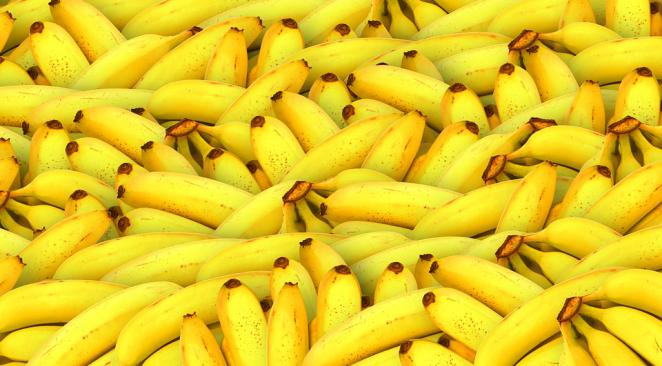ananas are the most popular fruit in the world with over 100 million tons of fruit produced annually in more than 130 tropical and subtropical countries . Edible bananas are the result of a natural genetic accident that resulted in the flesh seedless we enjoy today.
Almost all of the bananas sold in the western world are part of said Cavendish subgroup and are almost all identical genetically . These fruits are sterile and can only multiply through cloning or through suckers and cuttings taken from the underground stem of the banana plant or via in vitro culture of plant tissue.
Cavendish banana, bright yellow, is on sale in supermarkets, but is nevertheless in danger. The great global monoculture of genetically identical plants made the Cavendish particularly vulnerable to epidemics . Fungal diseases (caused by a fungus) already severely devastated the banana industry in the past, and it could soon happen again if we do not find a solution to these problems. Agricultural engineers – like us – are working on the genetics of wild bananas and on pathogens of bananas, to prevent the Cavendish disappears.
The inspiring story of the variety ‘Big Mike’
The banana industry offers us one of the most striking examples of the genetic vulnerability of plants. Until 1960, “Gros Michel”, or “Big Mike” was the variety most widely grown banana in commercial plantations. Big Mike was so popular with western consumers that the monoculture of this variety has continued to expand. Thousands of hectares of tropical forests in Latin America were thus converted into vast plantations of Big Mike .
But the popularity of this variety has led to its loss, when a pandemic hit the plantations in the years 1950 and 1960. A fungal disease called Fusarium wilt or Panama disease has almost wiped “Big Mike” the map and led industry worldwide export of bananas to the brink of bankruptcy . Guilty party ? The fungus Fusarium oxysporum f.sp. cubense (Foc) which infects the root of the plant and its vascular system . Unable to circulate water and nutrients essential for their survival, plants wither and die.
The spread of Fusarium wilt is very difficult to master – it can easily interfere in the soil, water and planting material. Fungicide application in the soil or in the stem of the plant are ineffective. In addition, the fungus can persist in soil for decades prohibiting replanting banana plants.

